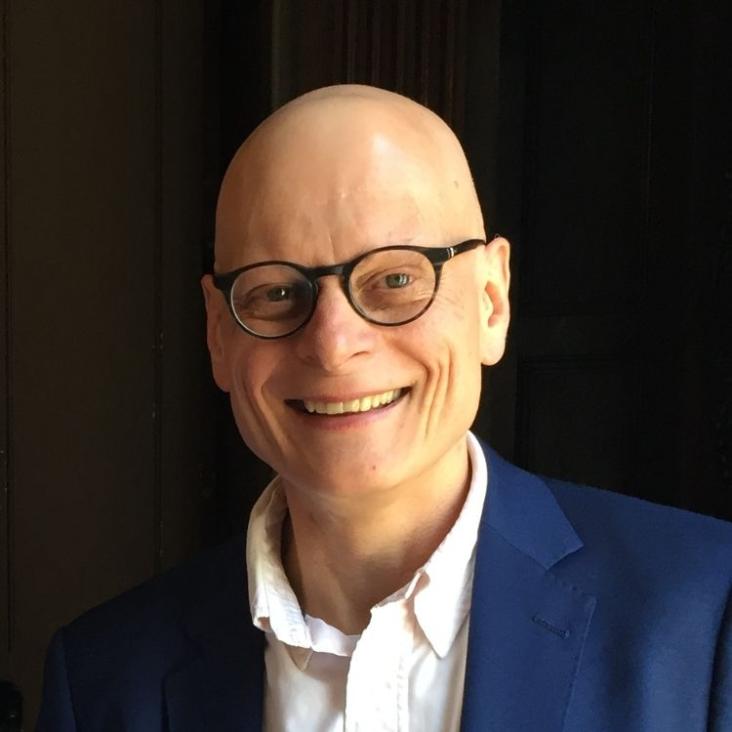Fiber-assisted detection with photon number resolution.
Opt Lett 28:23 (2003) 2387-2389
Abstract:
We report the development of a photon-number-resolving detector based on a fiber-optical setup and a pair of standard avalanche photodiodes. The detector is capable of resolving individual photon numbers and operates on the well-known principle by which a single-mode input state is split into a large number (eight) of output modes. We reconstruct the photon statistics of weak coherent input light from experimental data and show that there is a high probability of inferring the input photon number from a measurement of the number of detection events on a single run.Photon engineering for quantum information processing
QUANTUM INFORM COMPU 3 (2003) 480-502
Abstract:
We study distinguishing information in the context of quantum interference involving more than one parametric downconversion (PDC) source and in the context of generating polarization-entangled photon pairs based on PDC. We arrive at specific design criteria for two-photon sources so that when used as part of complex optical systems, such as photon-based quantum information processing schemes, distinguishing information between the photons is eliminated guaranteeing high visibility interference. We propose practical techniques which lead to suitably engineered two-photon states that can be realistically implemented with available technology. Finally, we study an implementation of the nonlinear-sign shift (NS) logic gate with PDC sources and show the effect of distinguishing information on the performance of the gate.Direct measurement of the spatial Wigner function with area-integrated detection.
Opt Lett 28:15 (2003) 1317-1319
Abstract:
We demonstrate experimentally a novel technique for characterizing transverse spatial coherence by using the Wigner distribution function. The method is based on the measurement of interference between a pair of rotated and displaced replicas of the input beam with an area-integrating detector, and it provides an optimal signal-to-noise ratio in regimes when array detectors are not available. We analyze the quantum-optical picture of the presented measurement for single-photon signals and discuss possible applications in quantum information processing.Managing photons for quantum information processing
PHILOS T ROY SOC A 361:1808 (2003) 1493-1506
Abstract:
We study distinguishing information in the context of photonic quantum interference tailored for practical implementations of quantum information processing schemes. In particular, we consider the character of single-photon states optimized for multiple-source interference experiments and for experiments relying on Bell-state measurement and arrive at specific design criteria for photons produced by parametric down-conversion. Such states can be realistically implemented with available technology. We describe a novel method for characterizing the mode structure of single photons, and demonstrate it in the context of coherent light.Photon counting with a loop detector.
Opt Lett 28:1 (2003) 52-54


